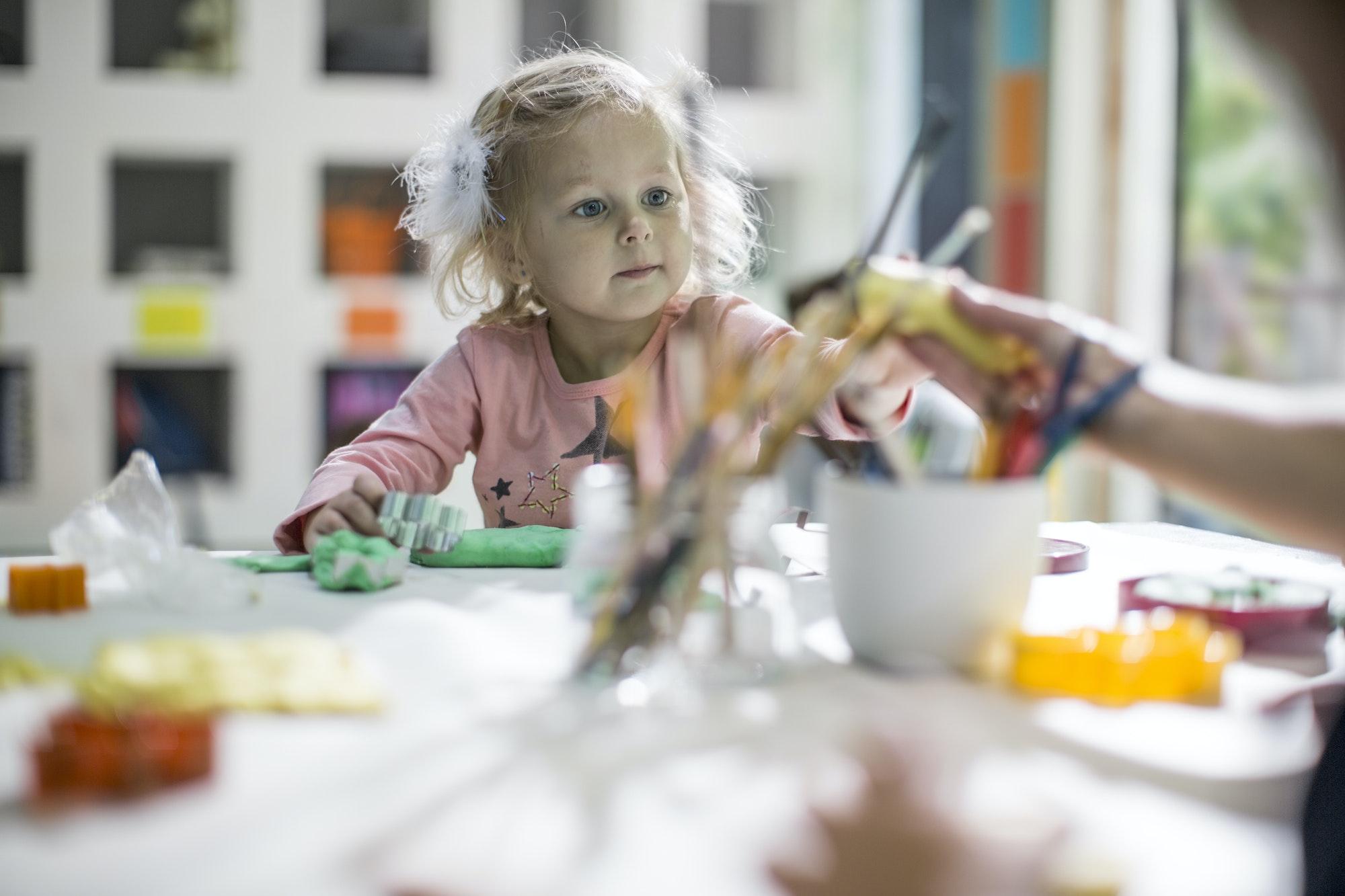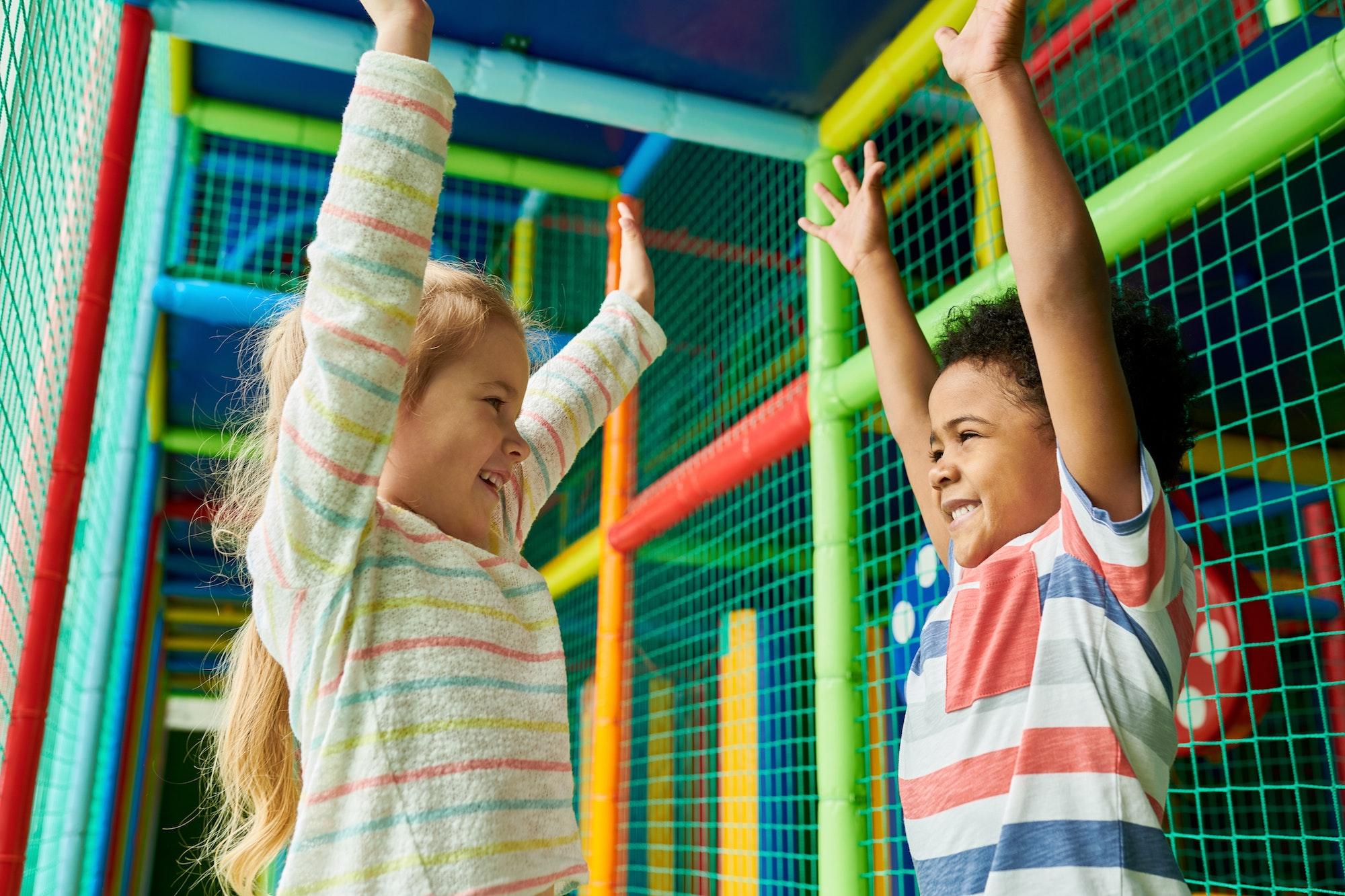A Parent’s Guide to Basic ABA Implementation at Home
ABA strategies can significantly improve your child's ability to communicate effectively, reducing frustration and enhancing interactions with others. By teaching essential life skills, ABA empowers your child to become more independent and confident in their abilities. ABA helps identify and address the root causes of challenging behaviors, providing your child with positive alternatives and coping mechanisms. Working together on ABA strategies fosters a stronger, more positive relationship between you and your child, built on trust, understanding, and mutual respect. Shared activities and successes create a sense of accomplishment and connection.











